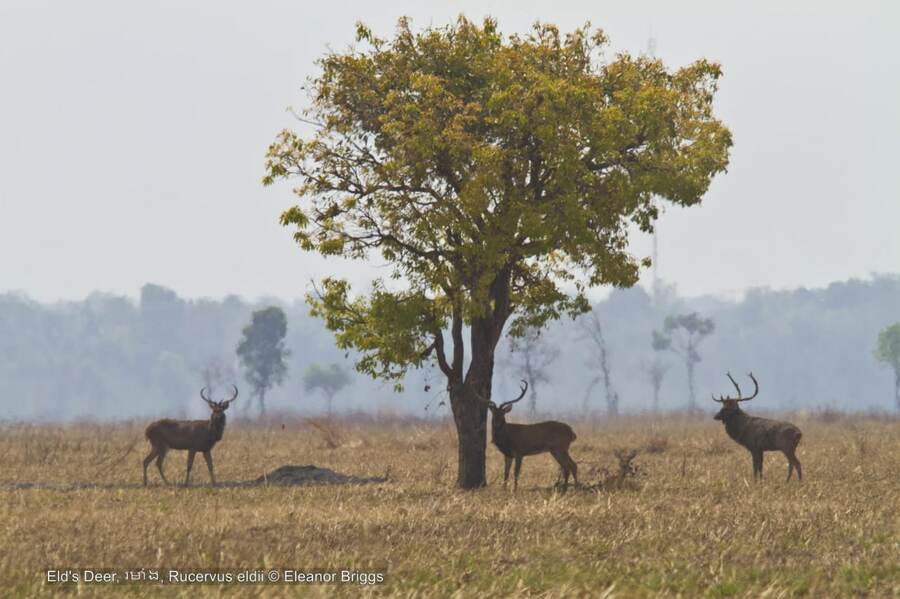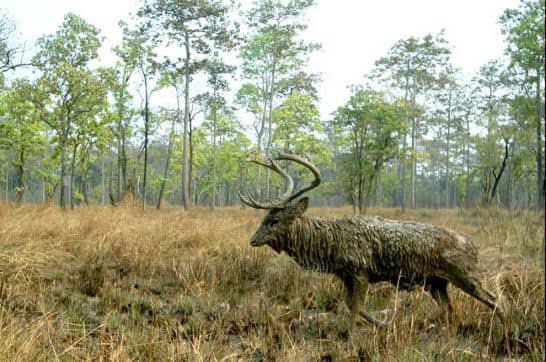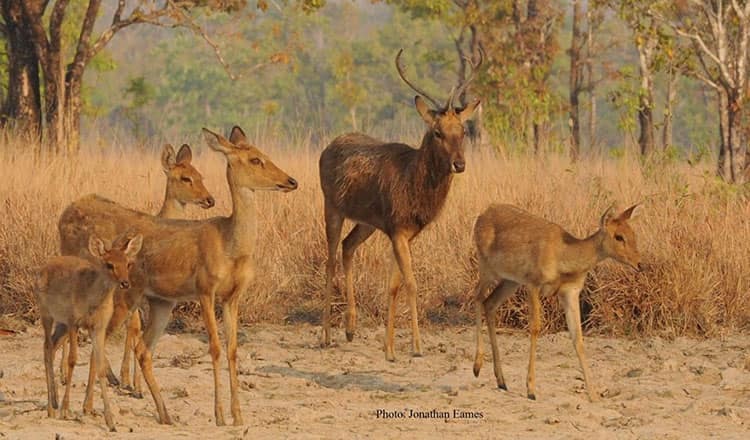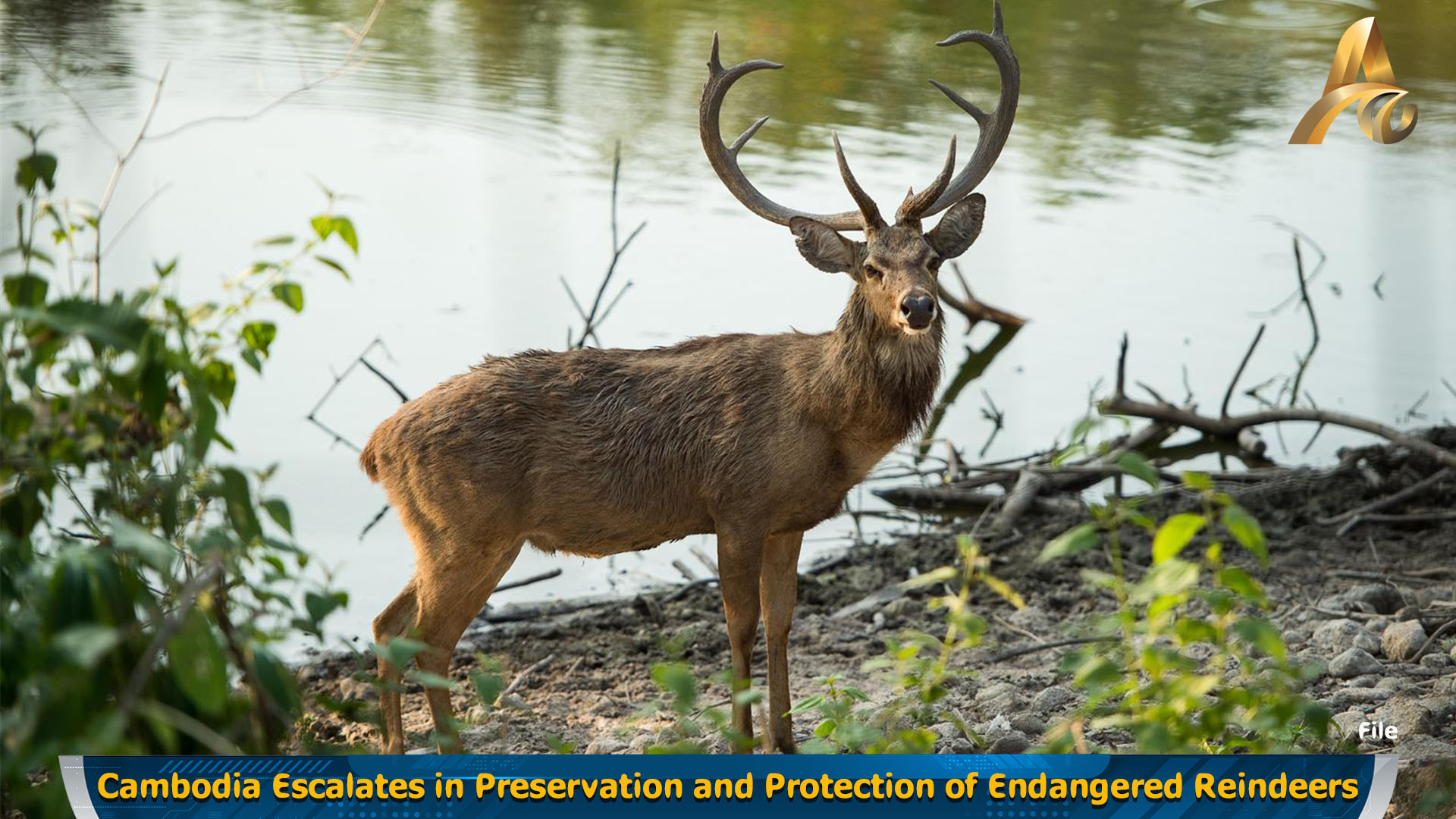PHNOM PENH: Reindeer is a rare animal included in the index of International Union for Conservation of Nature (IUCN) red list of world’s most Endangered Species as the Ministry of Environment and partner organizations increase their contribution to the conservationo of the animal to save for extinction.
The Secretary of State and Spokesman for the Ministry of Environment, Neth Pheaktra has stated that reindeers are native to a number of countries in South Asia, including India, Myanmar, Thailand, Laos, Vietnam and Cambodia. At present, there are no clear data on the number of reindeers, but they are believed to be native to Cambodia and Laos. While in China, Thailand and Vietnam, reindeers are believed to be extinct.
Cambodia is known to have a lot of Cervus Siamensis in the past, but this species has been declining in number due to various threats such as hunting, trapping and loss of habitat. Cervus Siamensis is currently the largest group in Cambodia compared to neighboring countries. These numbers are in Stung Treng, Mondulkiri, Ratanakkiri, Kratie, Kampong Speu, Banteay Meanchey, Pursat, Oddar Meanchey and Siem Reap provinces, especially in Preah Vihear, Chhep, Choam Ksan, Kulen and Sangkum Thmey districts. But now, Eld’s deer or its sub-species siamensis are highly threatened.
The reindeer are mammals that are smaller than deer and slightly larger than bulls. Its horns are different from those of deer antlers. At the base of the antlers there are two branches, one pointed to cover the forearm and the other upward, then protruding and curved forward, and at the end Its horns are flat and split into fingers. It is usually dark yellow or dark yellow with white spots on the sides. The lower abdomen and neck are white, but this complexion can change with the seasons. During the horning season, it has long, almost gray, red, and dark yellow hairs attached to the base of the neck, which is remarkably hairy. Biologically, reindeer are less surprising animals, living in herds of 10 to 15. It likes to live in the lowlands, which are rich in pools or ponds, fields and rainforests. Its food includes grass, thatch, sorghum, rice plants and fruits. It removes its horns every year during June, which is the most fertile season for its horn growth. Females reproduce between March and May and give birth to one offspring after six to eight months of gestation.
The team deployed automatic cameras at key reindeer sanctuaries in the 50,000-hectare sanctuary and geographically located along the Mekong River to determine the rate of the animals. Reindeers in captivity are being protected in the sanctuary to contribute to the future survival of both Cambodia and the region for this endangered species.


























